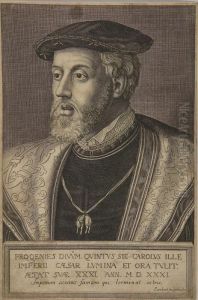Pierre Lombard Paintings
Pierre Lombard, not to be confused with the medieval bishop and scholar Peter Lombard, was a French engraver and artist whose work is less documented in the annals of art history. Born in 1505, Pierre Lombard's contributions to the art world during the Renaissance period were notable for their intricate detail and the fusion of Italian Renaissance influences with French artistic traditions. Lombard's career spanned a period of profound artistic evolution in Europe, where the Renaissance was giving way to Mannerism, challenging artists to explore new perspectives and techniques.
Lombard's engravings and artworks often reflected the complex humanist themes of the time, blending classical mythology with contemporary religious and philosophical thought. His works were characterized by their delicate lines and attention to detail, aspects that made his engravings highly sought after for illustrating books and manuscripts. Despite the scarcity of detailed records about his life, it is known that Lombard was active in the cities of Lyon and Paris, centers of cultural and artistic exchange in France during the 16th century.
Though specific works of Pierre Lombard are not widely recognized today, his contribution to the art of engraving and the broader Renaissance movement in France remains significant. He was part of a generation of artists who bridged the gap between the late Renaissance and early Mannerist styles, influencing the direction of French art into the 17th century. Lombard's death in 1588 marked the end of an era for French engraving, but his legacy lived on through the artists he influenced and the techniques he advanced. His work remains a subject of interest for art historians studying the evolution of engraving techniques and the interplay between French and Italian artistic traditions during the Renaissance.
